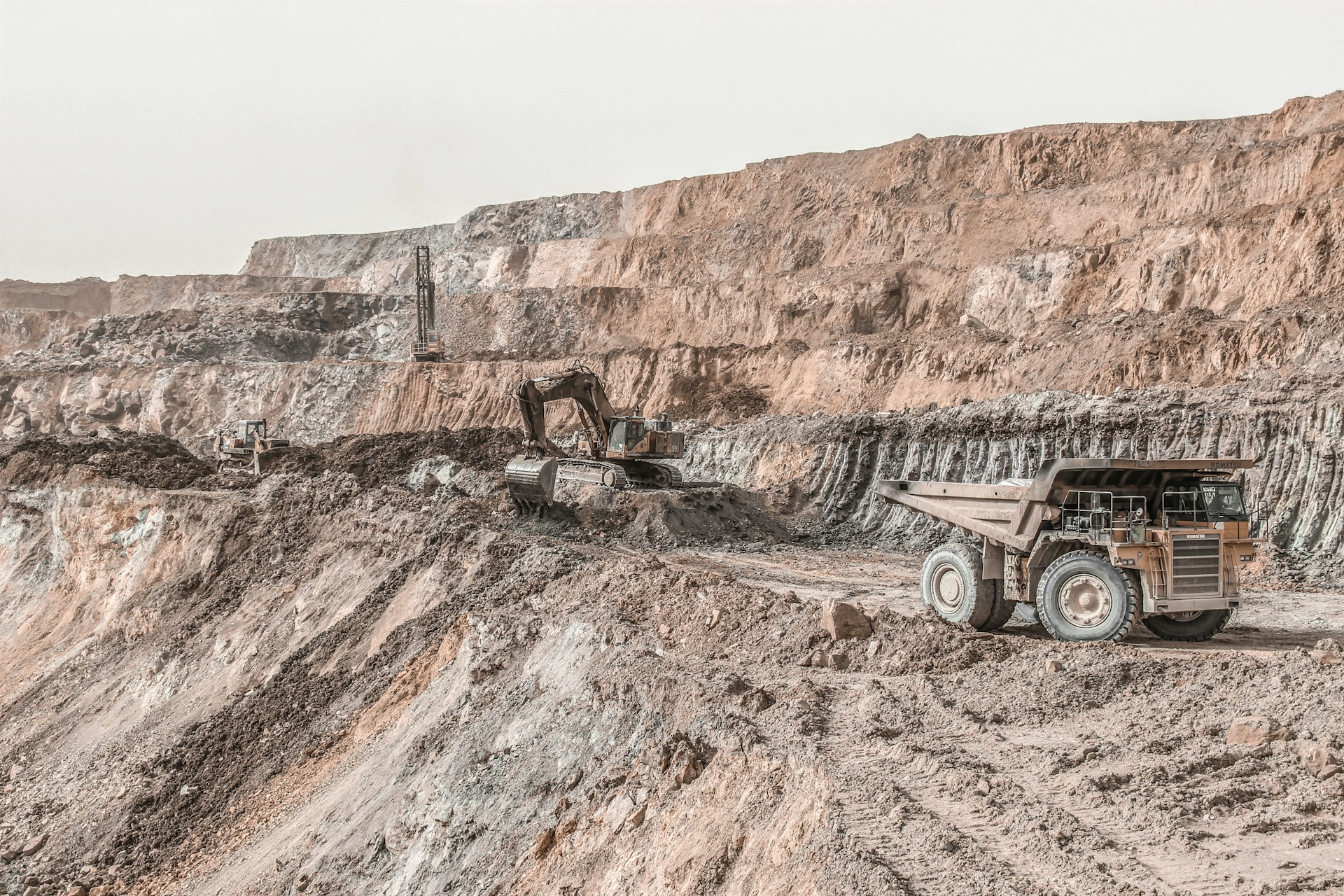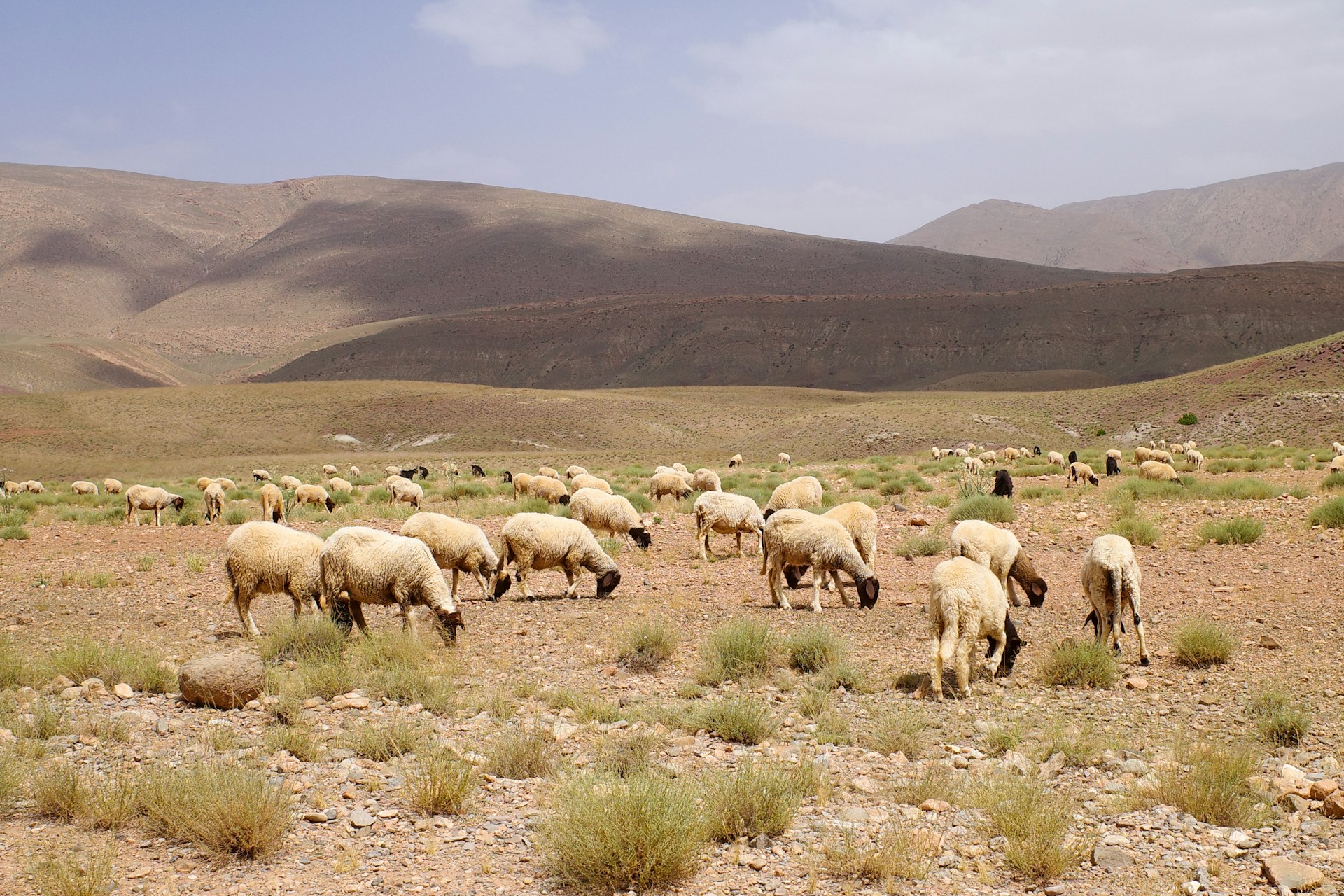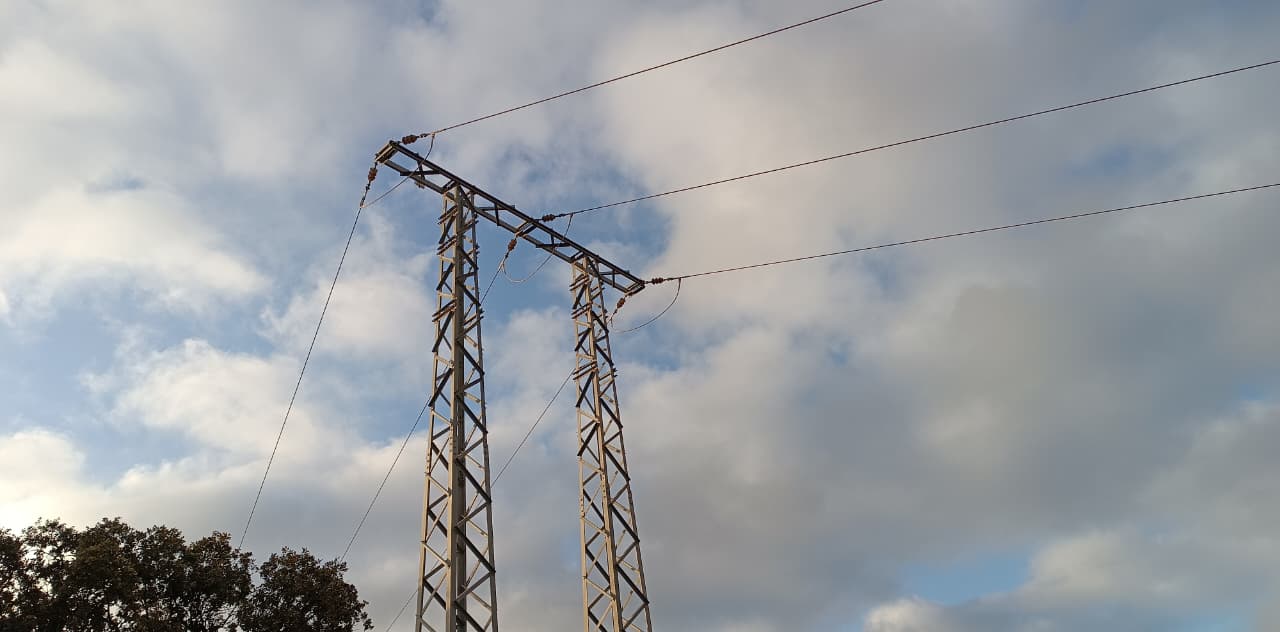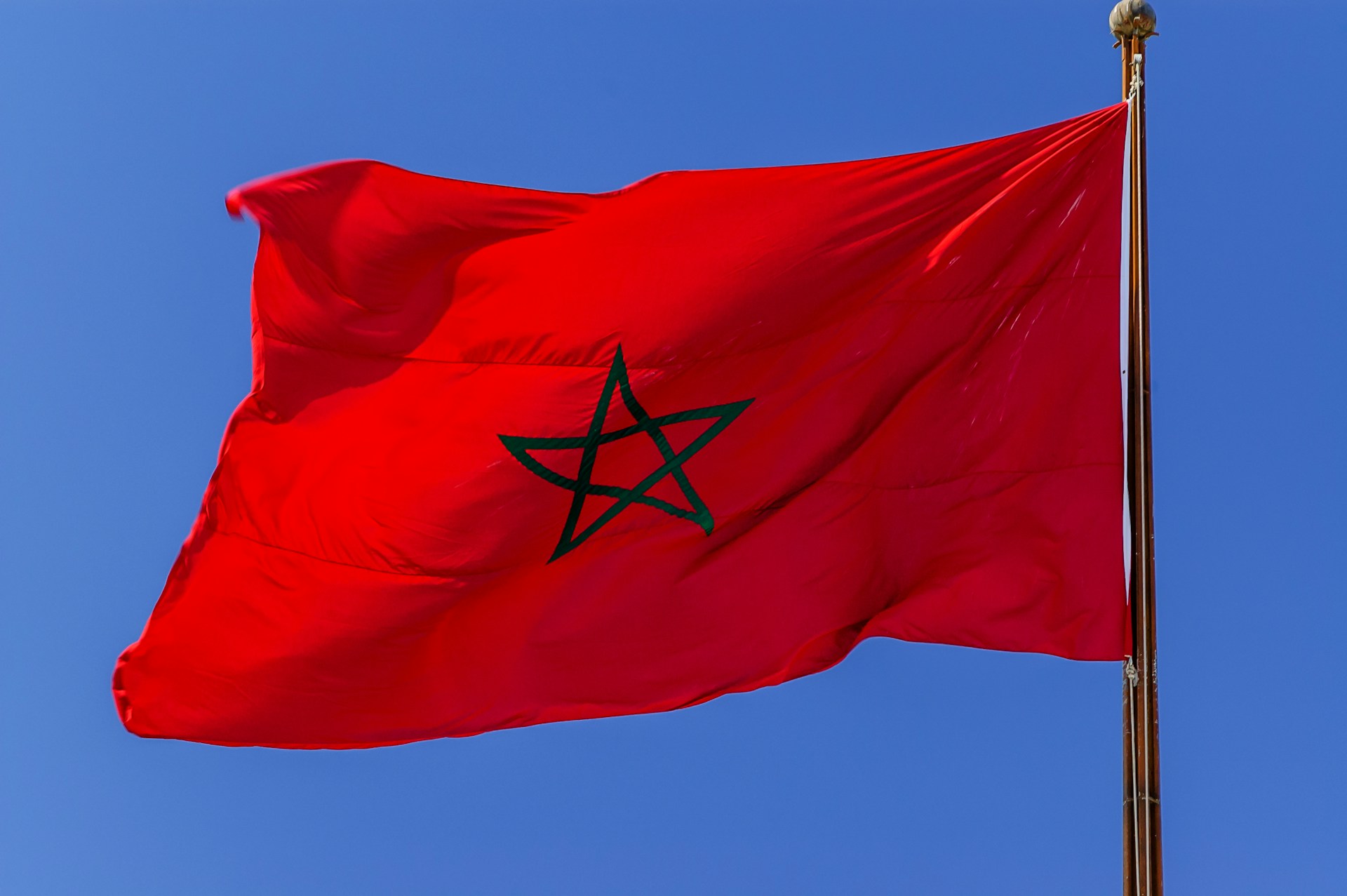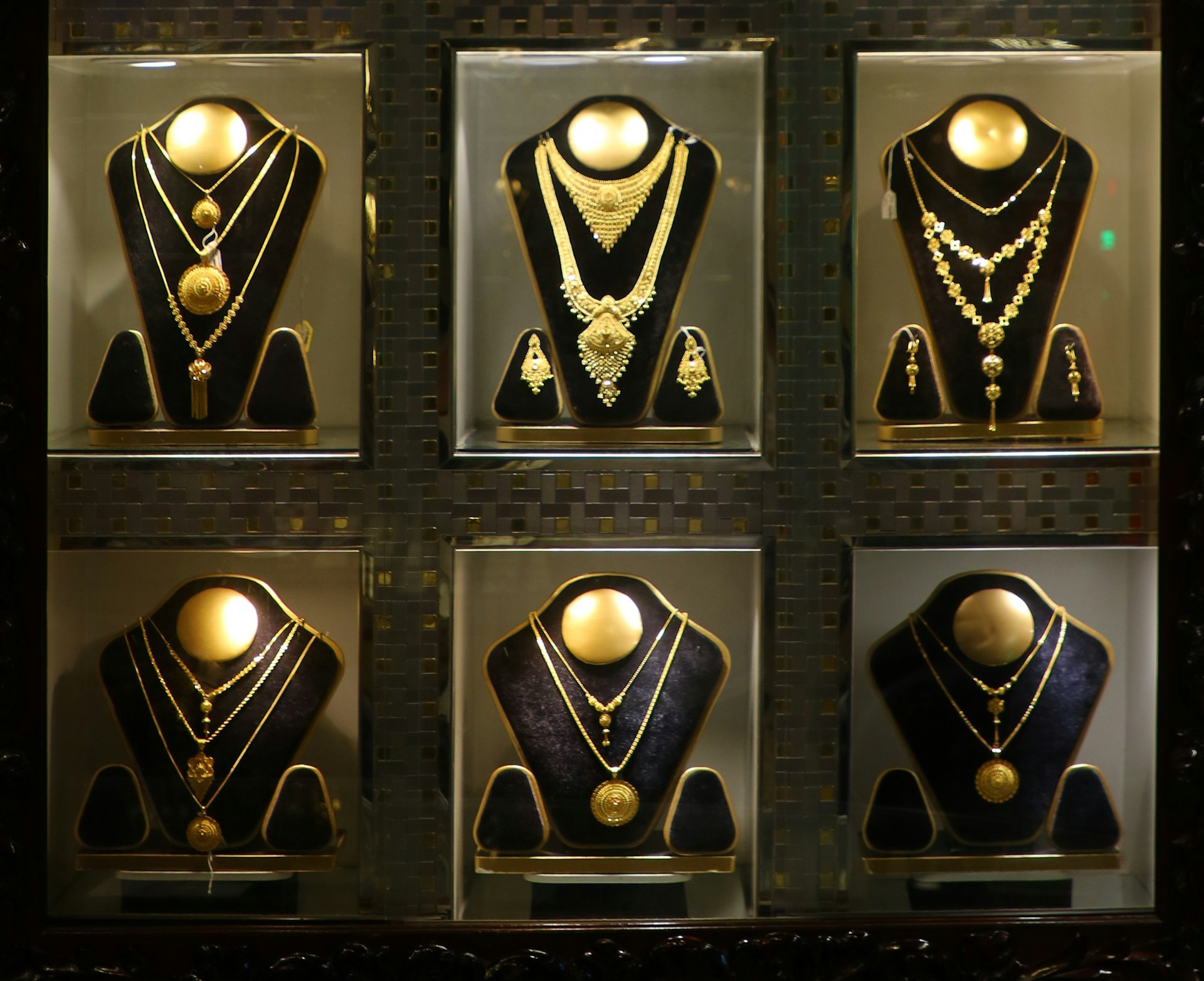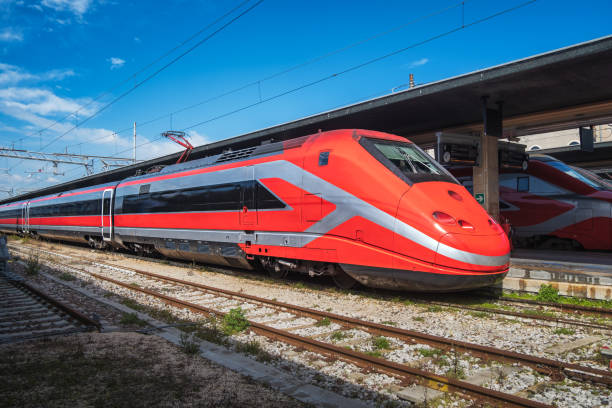Casablanca – A recent report by Morocco’s National Office of Hydrocarbons and Mines (ONHYM) has revealed new promising discoveries of gold and other strategic minerals across various regions of the Kingdom, marking a significant step in the country’s efforts to strengthen its mining and energy transition sectors. The findings, published as part of ONHYM’s 2025 activity summary and attached to the 2026 draft budget of the Ministry of Energy Transition and Sustainable Development, indicate growing momentum in mineral exploration, driven by advanced technologies and public-private partnerships.
According to ONHYM, recent field studies have identified highly encouraging gold concentrations in several key areas, notably in the southern provinces and the Anti-Atlas region, including the sites of Ain Orma, Gloua, and Imtlan Tichla. These zones showed what the office described as “very promising gold indicators,” suggesting potential for future extraction operations.
The discoveries come as part of a broader national strategy to diversify Morocco’s mineral exploration targets and modernize its geological tools. ONHYM explained that its current approach emphasizes scientific precision, advanced mapping, and data-driven exploration, supported by geophysical and geochemical studies, as well as remote sensing technologies.
In addition to gold, ONHYM reported significant progress in a series of strategic mineral projects, including:
- The Tirghat Project, focused on rare earth elements and niobium, both essential materials for high-tech industries and green technologies;
- The Merija Project, targeting copper and silver;
- The Aman Tazoukart Project, which also explores copper and silver reserves;
- The Tizi N’Ouchene Project, aimed at uncovering deposits of copper, cobalt, and uranium;
- And the Oulad Yaacoub Project, centered exclusively on copper extraction.
According to the national mining office, these initiatives reflect Morocco’s growing potential in the global value chain of critical minerals, particularly those used in clean energy technologies, electric vehicles, and modern electronics.
In parallel, ONHYM’s research in the field of industrial minerals has also yielded promising results. Studies at the Ain Ourma site confirmed the presence of silica sands with purity exceeding 95%, a key material used in glass manufacturing, semiconductors, and solar panels. Meanwhile, investigations in the Beni Yznassen region revealed high-quality kaolin, a mineral widely used in ceramics and industrial applications.
To keep pace with global demand for materials vital to the green transition, ONHYM has launched comprehensive national exploration campaigns focusing on copper, cobalt, lithium, and rare earth elements. These operations are being carried out using cutting-edge tools in geophysics, geochemistry, and remote sensing, with growing reliance on artificial intelligence to interpret geological data and identify the most promising exploration zones.
Beyond mineral resources, the office is also investing in new energy research. Current programs include studies on geothermal energy, natural hydrogen, and the geological storage of carbon dioxide. Preliminary results have identified high-potential zones in the Middle Atlas, the southern regions, and the basins of Berrechid and Essaouira, suggesting Morocco could soon expand its clean energy portfolio.
In its 2025 report, ONHYM noted that mineral exploration activities were mainly focused on precious metals, base metals, industrial rocks, and energy materials, with a clear emphasis on strategic minerals tied to the energy transition. The office managed a total of 44 projects, divided between 21 private projects and 23 partnerships.
Among the privately managed projects, ONHYM oversaw eight dedicated to precious metals, nine to strategic and base metals, two to industrial minerals, and one each for mineral reconnaissance and new energy exploration, including geothermal and hydrogen studies. The partnership portfolio included four projects focused on precious metals, thirteen on strategic and base minerals, and three related to industrial rocks, along with three collaborative projects in the fields of natural hydrogen, geothermal energy, and geological storage.
The office emphasized that these joint ventures have produced tangible exploration results, confirming the diversity and richness of Morocco’s subsoil. Officials noted that Morocco’s geological landscape holds “considerable potential” for the extraction of minerals critical to the future of clean energy and modern technology industries.
Experts say that these findings reinforce Morocco’s ambition to become a regional hub for strategic minerals, capable of supplying industries that depend on rare and valuable resources. The combination of geological wealth, advanced exploration technology, and proactive government policy positions Morocco to play a larger role in global supply chains for materials such as cobalt, lithium, and rare earth elements — all vital for the global shift toward sustainable energy systems.
As ONHYM continues its exploration and research activities, the Kingdom’s mining and energy strategies appear increasingly intertwined, reflecting a unified national vision for resource development, energy transition, and sustainable industrial growth. The latest discoveries, particularly of gold and rare minerals, underscore Morocco’s capacity to align its geological potential with future global demand for cleaner and smarter energy solutions.


